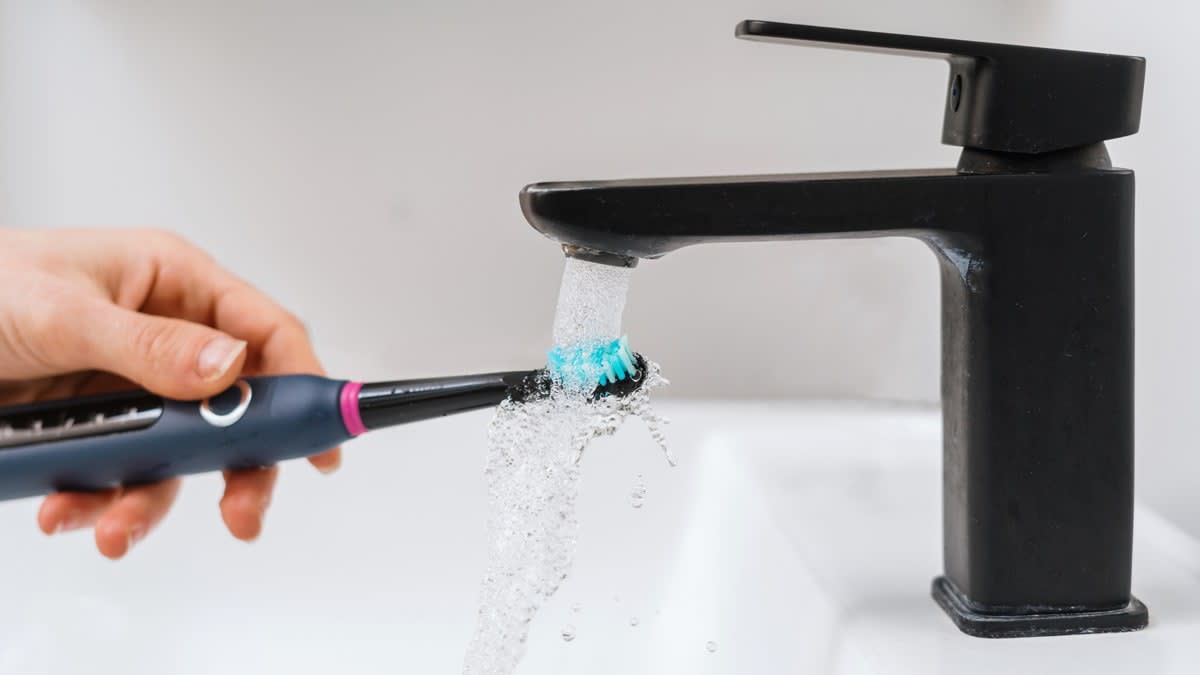
A. Any toothpaste that has fluoride should do the trick. That’s the most important ingredient because it prevents cavities and helps you avoid tooth decay by strengthening the enamel. Fluoride is so important that the ADA doesn’t provide its Seal of Acceptance to fluoride-free toothpastes.
There are other ingredients in some toothpastes that you may want to stay away from. For example, research has found that people who frequently get canker sores may get fewer ones when they avoid toothpastes that contain sodium lauryl sulfate.
Various toothpaste ingredients fall in and out of fashion. “We have to be very careful of those fads,” says Dawn Smith, chair of the department of dental hygiene at Howard University in Washington, D.C. That’s because it can take a while for researchers to discern whether a particular ingredient is safe and effective.
One newer trend has little evidence to support it: activated charcoal toothpastes, which are often marketed as whiteners. But some could cause damage, according to a 2019 paper from the British Dental Association. Charcoal can be abrasive, which can wear down your enamel, damage your gums, and lead to tooth sensitivity. And many charcoal toothpastes don’t contain fluoride.
Older toothpastes designed to whiten teeth, sometimes called “smokers’ toothpastes,” have sparked similar concerns. But Kenneth Markowitz, DDS, an associate professor at the Rutgers School of Dental Medicine in Newark, N.J., says that most mainstream products on the market today aren’t as abrasive as some whitening toothpastes once were. Of course, that means modern whitening toothpastes may provide minimal actual, well, whitening.









